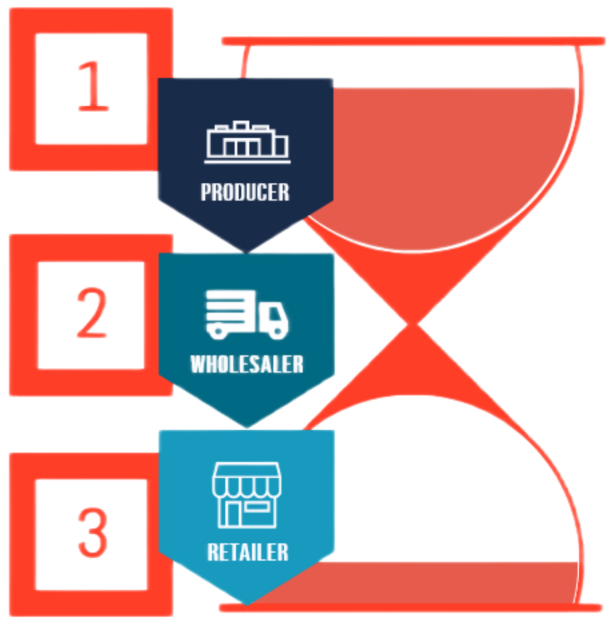 |
| Dumping a bourbon barrel. But is it really empty? |
But then the trouble starts. "In the last decade," writes Barton, "the American whiskey industry has begun adopting a dumping technique that changes the way the barrel behaves when it goes on to its next life. After emptying barrels of mature whiskey, distillers are filling a few gallons of water into the wood, 'rinsing' it of any excess spirit (sometimes using pressure or jets), and using that liquid in the proofing process. It’s a cost saving for them – they get more alcohol per barrel – but potentially disastrous for Scotch, because water-rinsed barrels mature single malt very differently from their standard counterparts."
Several scotch-makers then go on to bemoan the misbehavior of those tricksey Americans.
Do scotch-makers have a legitimate gripe, or are they being disingenuous?
First, this term 'rinsing.' Bourbon producers have always rinsed barrels. When the newly dumped barrel has stopped draining, a worker with a hose squirts some water into it, rolls it over again, and dumps the water out. This is mostly to rinse out loose sediment, but it gets some whiskey too.
That's not what the article is about. They are using 'rinsing' as a euphemism to describe something else entirely, and it is nothing new. Jack Daniel's started to do it 16 years ago. Here is how I described the process in The Bourbon Country Reader in 2007, after I watched them do it.
"When whiskey barrels are dumped, they never give up 100 percent of their contents. A small amount of whiskey stays behind, trapped in the wood.
"At a new facility near a cluster of warehouses, several miles from the tourist sites, Jack Daniel’s is doing something no other distillery has tried to recapture some of that lost product.
"After dumping, each empty barrel is sent to this building (a big, feature-less, steel-clad industrial structure) where it is loaded with about 20 gallons of water, a level which, with the barrel standing on end, doesn’t quite reach the now-open bunghole.
"After they receive their water, these barrels are placed on pallets, nine at a time, and stacked up about ten high in the warehouse portion of the building, where they sit for three to four weeks.
"The water is then dumped out and used to dilute barrel proof whiskey down to its bottling proof.
"There was a previous system, in which the barrels were merely rinsed. This new system produces five times as much additional product, as measured by its alcohol content."
Jim Beam started to do something similar in 2011. They passed it on to Maker's Mark in 2013. Their process uses heat and agitation, similar to a practice beloved by youngsters throughout whiskey country known as 'sweating' a barrel. Kids would ‘liberate’ a freshly-dumped barrel from one of the local distilleries, put a few gallons of water in it, plug up the bung hole, and roll the barrel around in the hot sun until they got bored. The resulting liquid usually contained enough alcohol to deliver a light buzz.
Unless one can press a herd of thirsty teenagers into service, the process requires a dedicated facility. It's not cheap. That's why the practice isn't universal. If a scotch-maker is buying used bourbon barrels without determining how they were processed, whose fault is that?







